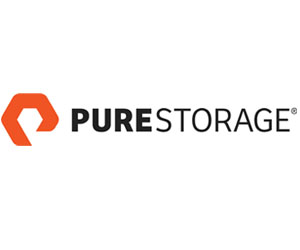As healthcare organizations must juggle multiple priorities when it comes to data storage, including accessibility, security and scalability, it’s important for them to consider today’s data needs while planning for the future.
“The headache of planning around data growth has led healthcare organizations to compromise data performance by buying cheaper, less expensive and slower storage,” Dobbs says. “But in the next 10 years, they need to think about how much more active or alive all data will be, especially with artificial intelligence adoption and new imaging technology coming to market.”
More Robust Storage Solutions Empower Patient Care
As the volume of radiology and cardiology imaging has grown, the number of physicians studying radiology has declined, according to the American College of Radiology.
“Many healthcare organizations are looking toward AI as a solution to combat physician burnout, as fewer radiologists are entering the field, compounding the need for new ways to quickly and safely analyze the patient data,” Dobbs says, adding that AI can help physicians diagnose more quickly as long as it can access the data.
“The AI trend in EI began a while back, and we have close to 700 FDA-approved algorithms in the U.S. alone,” he adds. “In some cases, a single AI algorithm can process through 20,000 studies in an hour. Which is staggering when the average radiologist reads approximately 45 to 100 studies a day.”
Click the banner below for expert guidance to help optimize your IT operations.














